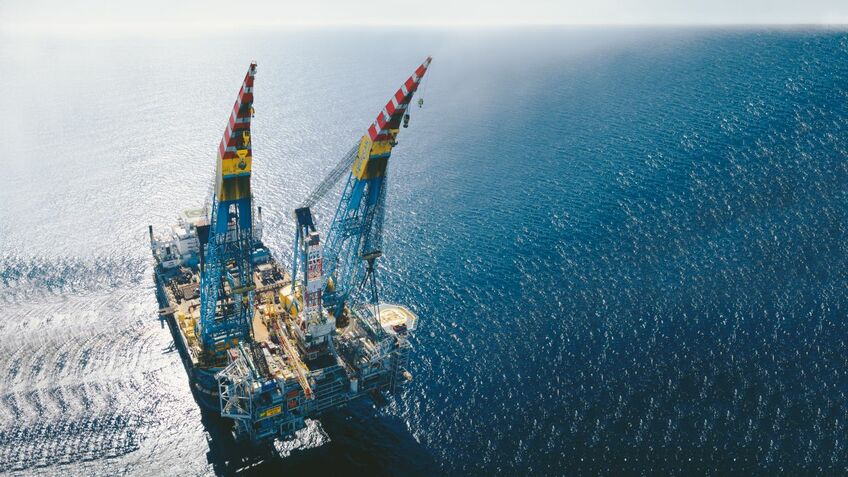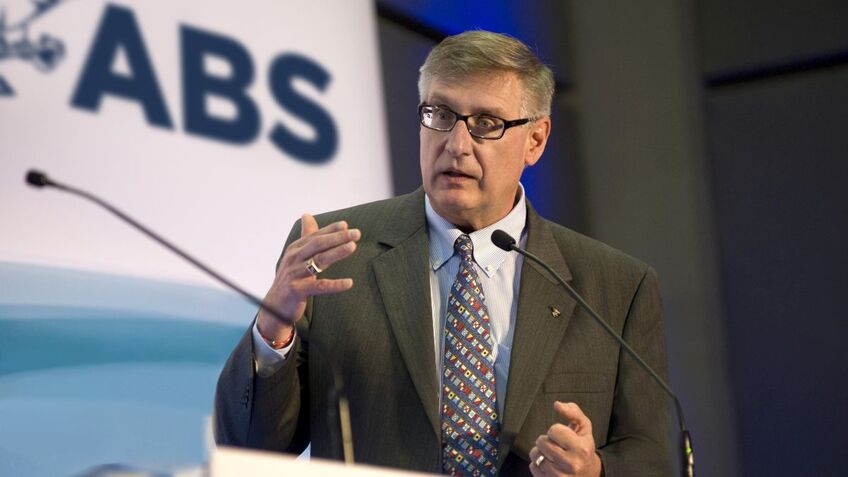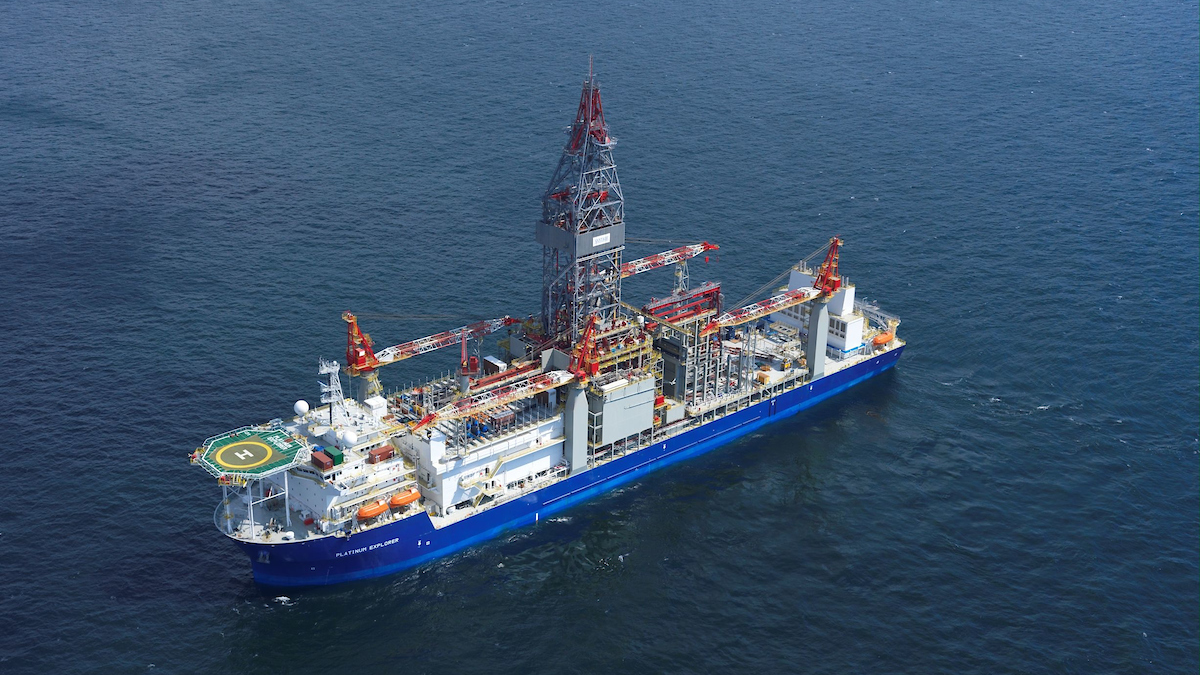Business Sectors
Events
Contents
Congressman seeks standby vessels for Gulf of Mexico
In the North Sea, standby vessels or emergency rescue response vessels (ERRVs) as they are now known have long been a feature of the offshore oil and gas sector. UK legislation requires that companies that are responsible for the safety of their offshore installation workers (duty holders), make arrangements to secure a “good prospect of recovery and rescue” and transfer to a “place of safety” for those who may find themselves in the sea in all but exceptional weather conditions.
David Kenwright, chairman of the UK’s Emergency Rescue Response Vessel Association (ERRVA) told OSJ that Congressman Jeff Landry has been trying to establish a requirement in the US that would approximate to the UK’s Prevention of Fire, Explosion and Emergency Response (PFEER) regulations. The Offshore Installations (Prevention of Fire, Explosion and Emergency Response) Regulations, 1995 (SI 1995 No. 743) (known as PFEER) is the principal legislation governing offshore emergency response.
ERRVA members are contracted by duty holders to provide the rescue services that the law demands. The ships and crews that undertake this work are specially equipped and trained to carry out marine rescue and recover survivors from lifeboats, liferafts or directly from the sea.
“This provision passed the US House on 15 November 2011 as part of HR 2838, the Coast Guard Authorisation and Maritime Transportation Act of 2011,” Mr Kenwright explained, noting that the provision would require a standby vessel to be within three nautical miles of every drilling platform and 12 nautical miles of a non-drilling platform.
“In addition, the legislation would allow the US coastguard to reduce these distances during time of high seas or to prevent hypothermia. The legislation also specifies that a standby vessel can cover multiple platforms and serve other purposes such as a supply vessel, crewboat or anchor handler.
“I believe that the language will change as it works its way through the Senate; however, the US is taking small steps towards catching up with PFEER,” Mr Kenwright told OSJ.
In a statement released towards the end of 2011, Congressman Landry said that, after working for nearly a year to increase the safety and viability of Louisiana’s oil and gas and maritime industries, Congressman Landry applauded his colleagues in passing HR 2838.
The bill – which authorises coastguard funding for the next four years – was filled with language from Congressman Landry that he believes will “increase the safety of offshore workers, reduce the unnecessary burdens on American companies, and increase much-needed government transparency.
“As South Louisiana’s representative, I understand that our nation’s most valuable natural resource is not the oil and gas underneath our waters; it is the men and women who risk their lives to deliver the energy we need to create jobs and fuel our economy,” declared Landry. “It is for that reason, I am thankful the House of Representatives, in a strong bi-partisan manner, passed the Coast Guard and Maritime Transportation Act.
“Today’s bill will enhance the safety of our hard-working men and women working off our shores to extract the energy our nation needs,” continued Landry. “My standby vessel provision applies the lessons of the Deepwater Horizon tragedy and guarantees our offshore workers will have a vessel nearby ready to act if another accident occurs. I am thankful that my colleagues supported me and voted to give our hard-working men and women another asset to ensure they return home safely to their spouses and children.”
In the North Sea, the fundamental duties of an ERRV include rescuing from the water or recovering people and providing them with medical aid; acting as a ‘Place of Safety’ in accordance with PFEER; providing on-scene co-ordination, as required, in accordance with an installation’s Emergency Response Plan; participating fully in the execution of the installation’s collision avoidance strategy; monitoring the safety zone, warning approaching vessels and the installation of the risk of collision; and acting as a reserve radio station. An ERRV is alongside an installation for 365 days per annum with crew changes taking place every 28 days, and rescue exercises carried out regularly.
As Mr Kenwright also noted, the UK ‘model’ for the provision of standby/rescue response vessels has attracted attention in a number of offshore oil and gas provinces and the Indian authorities have also adopted similar requirements.
Arctech Helsinki to build an innovative emergency and rescue vessel
Arctech Helsinki Shipyard has been awarded a contract to build a multipurpose emergency and rescue vessel for the Russian Ministry of Transport. The contract has been awarded to Arctech together with Shipyard Yantar JSC. The value of the order is approximately Ä76 million.
The project will start immediately and the vessel will be delivered to the customer in December 2013. The hull of the vessel will be built by Shipyard Yantar, which is one of the shipyards belonging to United Shipbuilding Corporation, the Russian part-owner of Arctech. The outfitting and finalising of the vessel will be done by Arctech in Helsinki.
“This order is very important for Arctech. It is a completely new design and it will give us a good workload during 2012 and 2013,” said Esko Mustamäki, managing director of Arctech Helsinki Shipyard.
Apart from its role as a rescue vessel, the design is described by the yard as “a completely new type of oil spill vessel”. The design is based on the ARC 100 concept, which was developed by Aker Arctic Technology for Arctech Helsinki Shipyard. It has a patented oblique icebreaking design with asymmetric hull and three azimuthing propulsors. This allows the vessel to operate efficiently ahead, astern and obliquely (sideways). The vessel can proceed in 1m-thick level ice, both ahead and astern, and in oblique mode will be able to generate a 50m-wide channel in 0.6m level ice.
The emergency/rescue vessel will be used in icebreaking operations and to tow vessels and floating facilities. It will also have an advanced oil recovery system suitable for operation even in heavy weather.
Arctech said the vessel will be 76.4m in length with a breadth of 20.5m. The three main diesel generator sets with which the vessel will be equipped will have a total power of 9MW. The total propulsion power is about 7MW.
“Oil combat in ice conditions is one of the major challenges for the international oil industry. After many years of development work the oblique icebreaker concept represents a new approach for a solution”, said Mikko Niini, managing director of Aker Arctic. OSJ
Related to this Story
Women in Maritime Today: Elin Saltkjel says no day working in maritime is dull
Events
Maritime Environmental Protection Webinar Week
Cyber & Vessel Security Webinar Week
The illusion of safety: what we're getting wrong about crews, tech, and fatigue
Responsible Ship Recycling Forum 2025
© 2024 Riviera Maritime Media Ltd.













